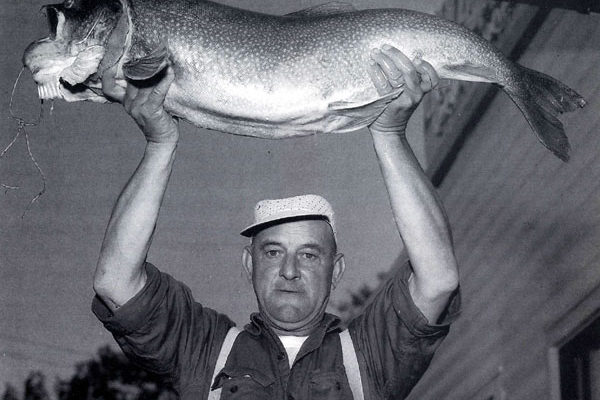
State encouraging anglers to harvest fish in some — not all — waters
By John Holyoke, Bangor Daily News Outdoors Editor
Most of the time, when it comes to fisheries and wildlife matters, I defer to professionally trained biologists who’ve spent their careers learning how to best manage our state’s fish and wildlife species.
Today, I’ll take (slight) issue with a message that the Maine Department of Inland Fisheries and Wildlife is sending to anglers across the state.
The headline of a recent blog post on the agency’s website is quite alarming, on its face: “Fisheries biologists encourage anglers to harvest their catch.”
As a person who spends a fair amount of time writing and tinkering with headlines, I recognize that it’s easy for those introductory words to take on a life of their own and express a meaning that isn’t really conveyed in the story itself.
That’s the case here, I fear, as the corresponding blog post is not nearly as rigorous in the headline’s apparent anti-catch-and-release sentiment. I’d rather the headline said something like this: “Fisheries biologists encourage anglers to harvest their catch on some waters.”
Why does that matter? Well, having spent a good deal of time studying the online behavior of our own readers, I can tell you that often would-be readers only spend 25 seconds or so on a story. Therefore, their entire understanding of that story is derived from the headline, and what the accompanying photo shows them.
In fact, the DIF&W blog makes some good points about fisheries management, and how some waterways need the help of anglers willing to harvest fish so that certain species are allowed to thrive.
In the blog post, Courtney Moulton encourages anglers to help those professional fisheries biologists reach their management goals.
“If you have ever been fishing, either open water or ice fishing, it is likely you have heard someone say, ‘let them go and watch them grow,’ Moulton writes. “While this catch and release message was important several decades ago when we saw more fishing pressure and higher harvest rates by anglers (and may still help some fisheries), other present day fisheries (and in Maine’s case, many fisheries) rely on harvest by anglers to maintain healthy fish populations and to achieve size quality management goals.
“Simply put, when there are too many fish and not enough food (such as smelts), fish growth is often poor resulting in smaller sized fish. If anglers harvest their catch, there is more food to go around resulting in a healthier population and higher quality fish.”
Moulton’s assertion is true: In some waters, in order for a healthy fishery to exist, a lot of other fish have to be removed. The key word: Some.
Among those lakes and ponds, according to the DIF&W:
— Sebago Lake, where anglers are encouraged to harvest lake trout and northern pike.
— Beech Hill Pond, where overabundant lake trout continue to limit the growth potential of landlocked salmon.
— Chesuncook, Caribou and Ripogenus lakes, where biologists hope anglers can remove 3,000 salmon per year for several years in order to reduce predation on smelts that serve as the forage base.
–Eagle Lake in Eagle Lake, where liberal bag limits on both lake trout and landlocked salmon are in place.
The list of highlighted fisheries, where biologists are seeking our help, is available in the blog, and if you’re looking to help the state reach its management goals, maybe you’ll consider a trip to one of those waters.
But no matter what the headline says, this fact remains: We’ve got thousands and thousands of lakes and ponds in this state, and fewer than 30 were highlighted as spots where anglers should try to catch their limits in order to help manage fish species.
And I still think there are plenty of lakes where we ought to be more careful about how many fish we’re keeping, and where leaving a few fish for the next guy is still a great idea and a worthwhile guiding ethic.
Holyoke can be reached at jholyoke@bangordailynews.com or 207-990-8214. Follow him on Twitter: @JohnHolyoke. His first book, “Evergreens,” a collection of his favorite BDN columns and features, is published by Islandport Press and is available wherever books are sold.